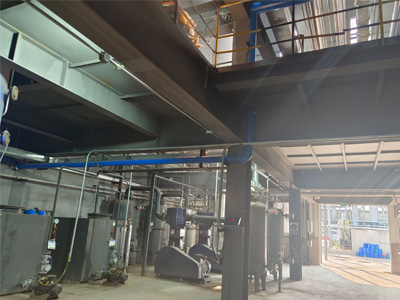dry polyacrylamide
Understanding Dry Polyacrylamide Properties and Applications
Dry polyacrylamide is a versatile polymer widely used in various industries due to its unique properties, including high absorbency, thickening capabilities, and flocculating abilities. This white, granular powder can be dissolved in water to form a gel-like substance, making it suitable for multiple applications ranging from water treatment to soil conditioning.
Chemical Structure and Properties
Dry polyacrylamide is synthesized through the polymerization of acrylamide, a simple, water-soluble monomer. The resulting polymer has a long chain structure that contributes to its impressive properties. Depending on the synthesis process and the presence of other chemical agents, polyacrylamide can be categorized into several forms, such as non-ionic, anionic, and cationic. Each type has specific characteristics that make it suitable for different applications. For example, anionic polyacrylamide works effectively in environments with alkaline conditions, while cationic polyacrylamide is preferable in acidic conditions.
One of the most important features of dry polyacrylamide is its ability to retain water. When added to soil, it absorbs moisture and helps maintain it, promoting better plant growth while reducing the need for frequent irrigation. As a result, polyacrylamide is often used in agriculture, particularly in areas prone to drought, as it improves water retention in sandy soils.
Environmental Applications
dry polyacrylamide

The water treatment industry utilizes dry polyacrylamide as a flocculant to remove suspended particles from wastewater. When introduced to wastewater, the polymer particles attach themselves to impurities, forming larger aggregates that can be easily removed through sedimentation or filtration processes. This makes polyacrylamide essential in municipal wastewater treatment plants and industrial applications, where water clarity and purity are crucial.
Furthermore, polyacrylamide is also employed in oil recovery operations to enhance oil extraction from reservoirs. By injecting a polymer solution into oil wells, the viscosity of the water used for secondary recovery can be adjusted, allowing for more efficient oil displacement. This application not only boosts oil production but also minimizes environmental impact by reducing water usage and contamination.
Safety and Environmental Considerations
While dry polyacrylamide is generally considered safe when used correctly, concerns about its potential toxicity—especially in the form of acrylamide monomers—have led to the implementation of safety guidelines for its handling and application. In agricultural settings, using the appropriate polymer type and concentration is crucial to mitigate any adverse effects on soil health and aquatic ecosystems.
In conclusion, dry polyacrylamide is an invaluable material across various fields, including agriculture, water treatment, and oil recovery. Its ability to improve water retention, facilitate impurity removal, and enhance oil extraction underscores its versatility and importance. As industries continue to seek sustainable practices and efficient solutions, the role of polyacrylamide will surely expand, warranting ongoing research and development to maximize its potential benefits while ensuring environmental safety.
-
The Power of Isothiazolinones in Modern ApplicationsNewsMay.08,2025
-
Flocculants in Water TreatmentNewsMay.08,2025
-
Flocculants and Chemical Solutions: What You Need to KnowNewsMay.08,2025
-
Flocculants and Chemical Solutions: A Growing IndustryNewsMay.08,2025
-
Essential Chemicals: Polymaleic Anhydride and MoreNewsMay.08,2025
-
Acrylic Polymers: Essential Solutions for IndustryNewsMay.08,2025





